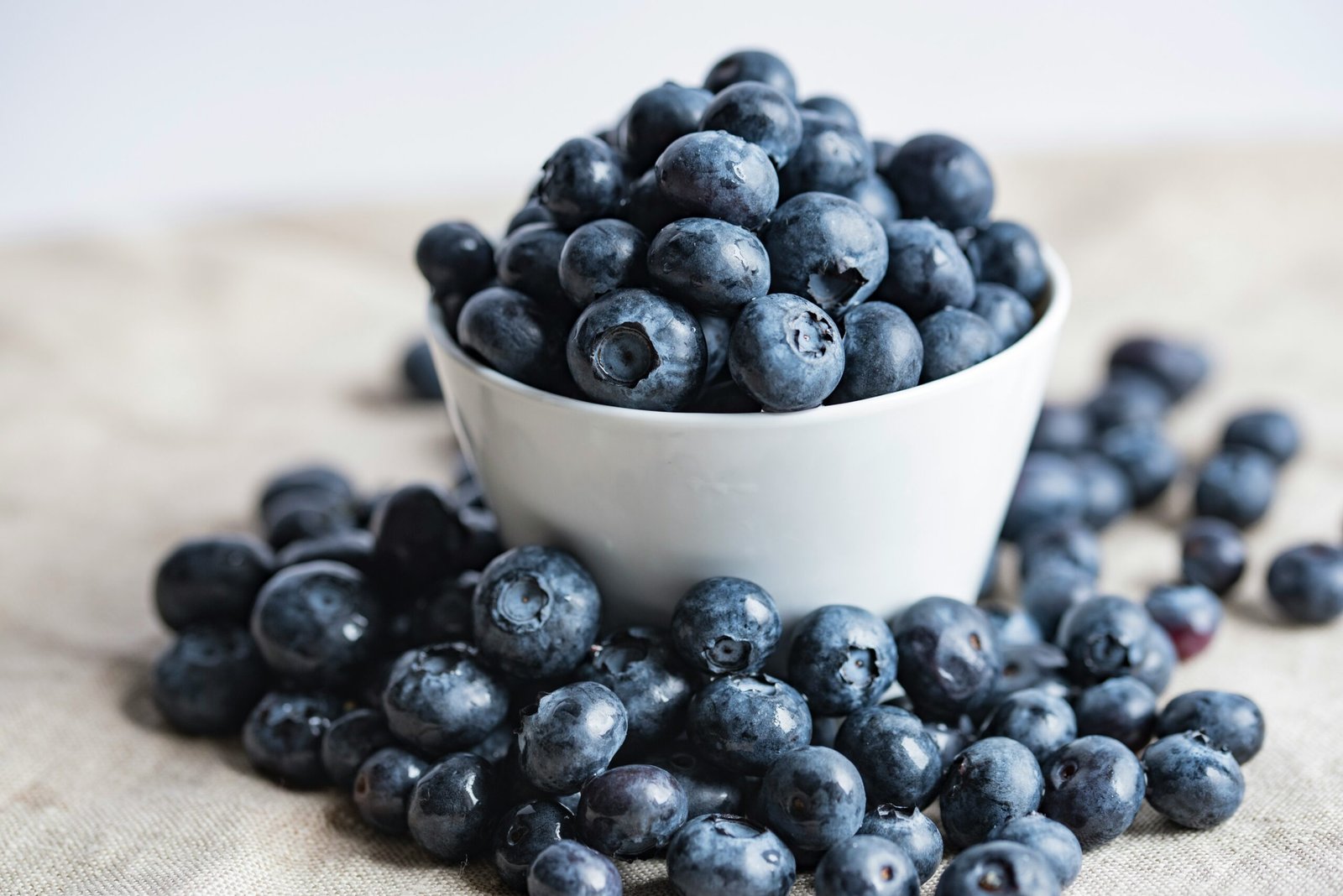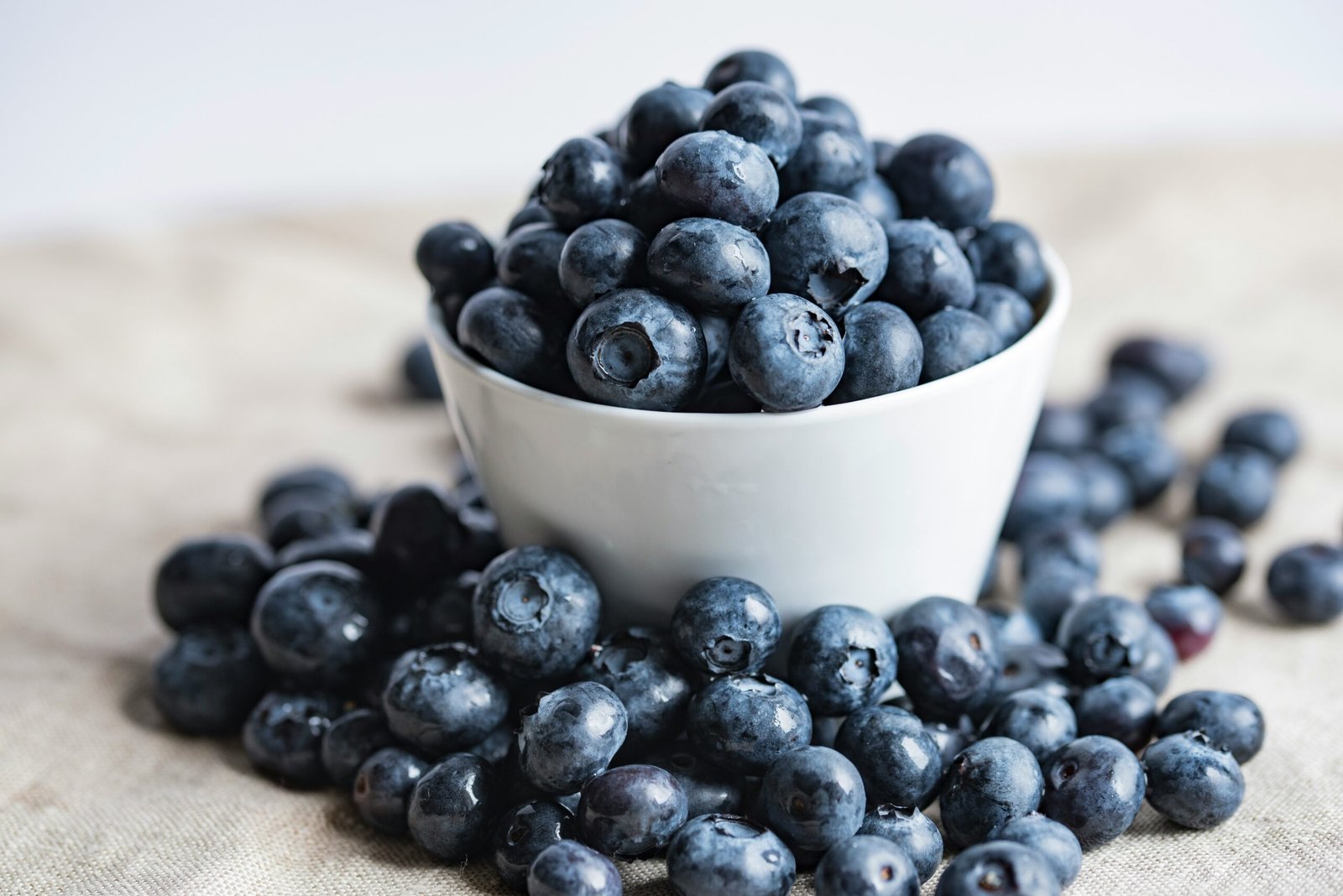The Berry Battle: Climate Change vs. Blueberry Cultivation
Blueberries, those tiny bursts of flavor that make our taste buds dance, are facing a formidable opponent – climate change. As temperatures rise, precipitation patterns become unpredictable, and water scarcity becomes a real concern, blueberry farmers are left wondering how to adapt their cultivation practices to ensure resilience and sustainability. Fear not, fellow blueberry enthusiasts! In this blog post, we will explore the impact of climate change on blueberry cultivation and offer some ingenious strategies to help these berries thrive.
1. Feeling the Heat: Selecting Heat-Tolerant Varieties
As the mercury climbs, blueberries find themselves in hot water. Literally. Increased temperatures can negatively impact the growth and development of blueberry plants. But fear not, for plant breeders have come to the rescue! By selecting heat-tolerant varieties, farmers can ensure that their blueberry plants can withstand the scorching heat and continue to produce those delectable berries. So, when it comes to blueberries, it’s all about staying cool under pressure!
2. Mulch: The Moisture Magician
Water, water everywhere, but not a drop for the blueberries? Altered precipitation patterns can wreak havoc on blueberry cultivation, leaving farmers with dry and thirsty plants. Enter the mulch – the moisture magician of the berry world. By using mulches, such as straw or wood chips, farmers can retain soil moisture, reduce evaporation, and suppress weed growth. Mulching not only keeps the blueberries hydrated but also adds a touch of style to the berry patch. It’s a win-win!
3. Sprinkling Smart: Efficient Irrigation Systems
When it comes to water conservation, blueberry farmers need to sprinkle smart. Implementing efficient irrigation systems, such as drip irrigation or micro-sprinklers, can help minimize water wastage and ensure that every precious drop reaches the roots of the blueberry plants. By irrigating wisely, farmers can quench the thirst of their blueberries without draining the water resources. It’s like giving the blueberries a refreshing sip while saving the planet – a true win-win situation!
Conclusion
Climate change may be a formidable opponent, but with the right strategies in place, blueberry cultivation can adapt and thrive. By selecting heat-tolerant varieties, using mulches to retain soil moisture, and implementing efficient irrigation systems, blueberry farmers can ensure the resilience and sustainability of their crops. So, let’s raise a pint of blueberries and toast to the ingenuity of farmers who are adapting and conquering the challenges of climate change. Cheers to a fruitful future for blueberry cultivation!




